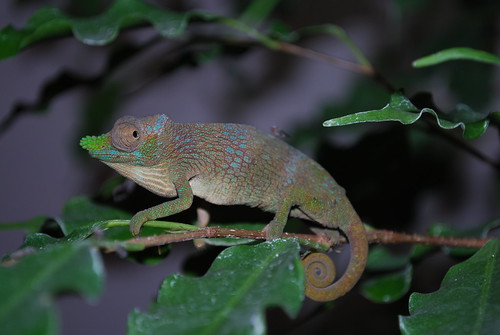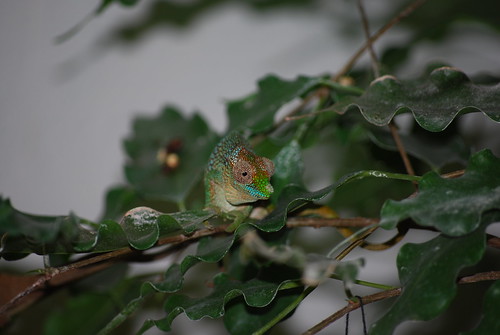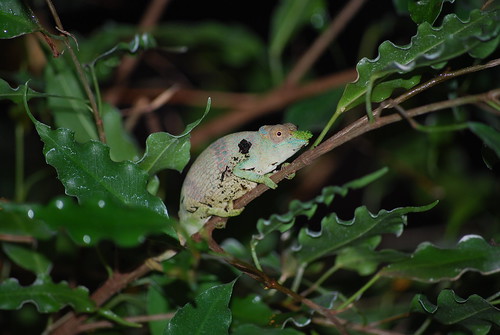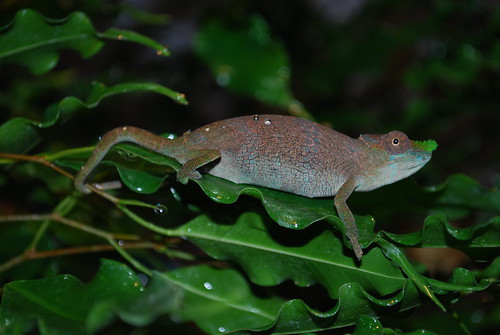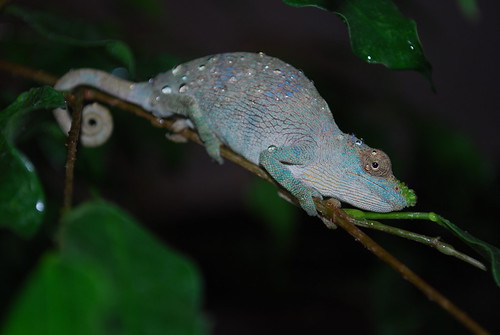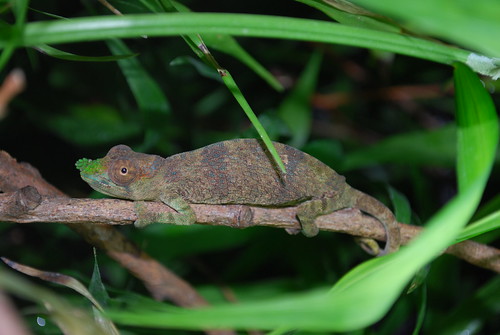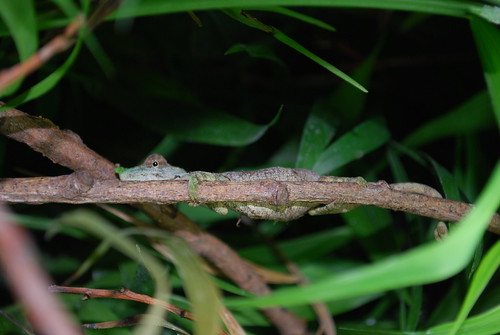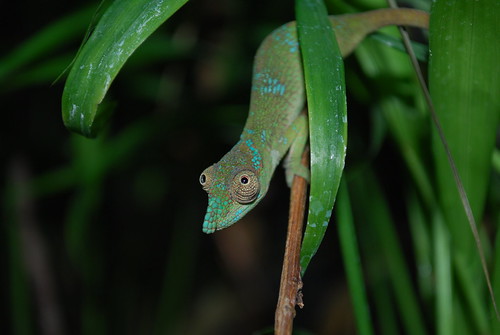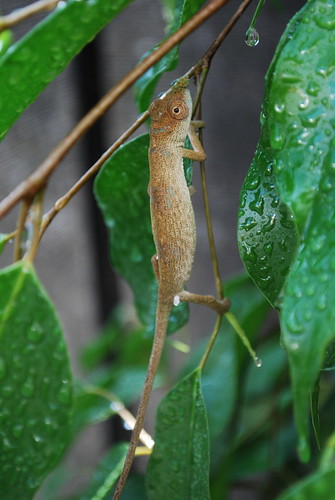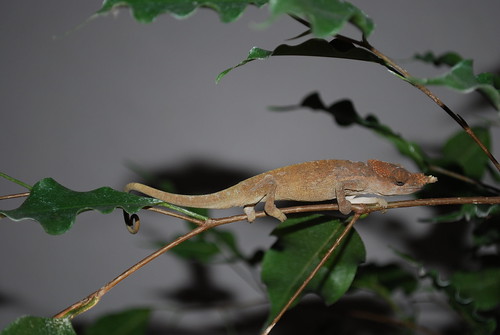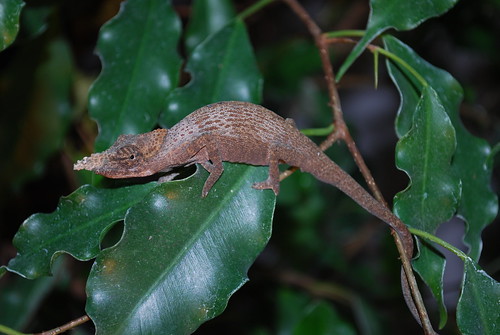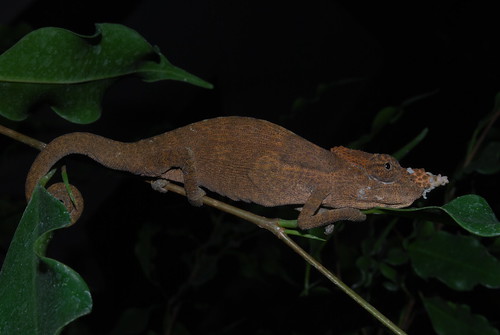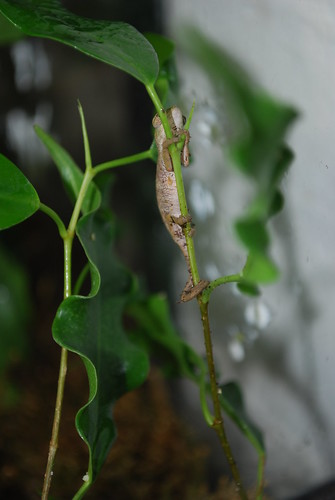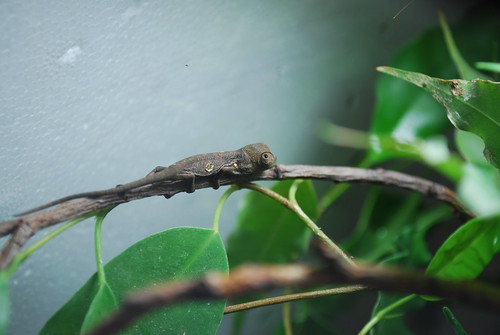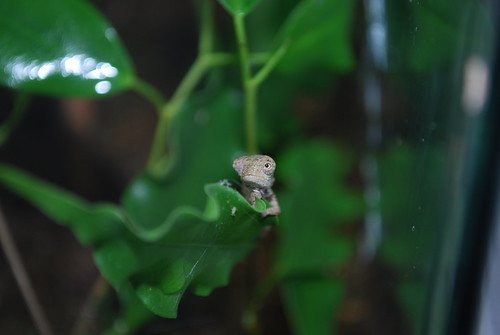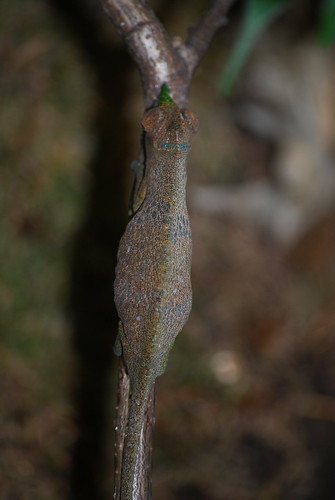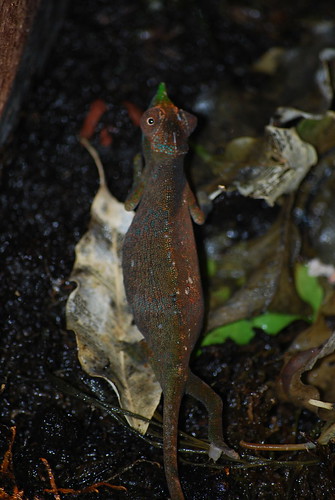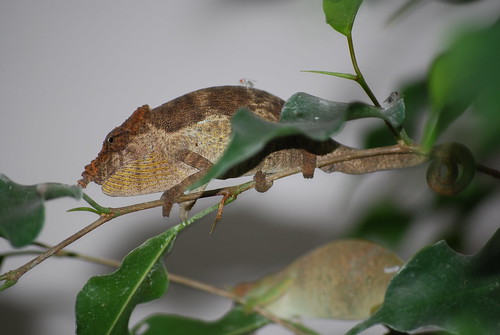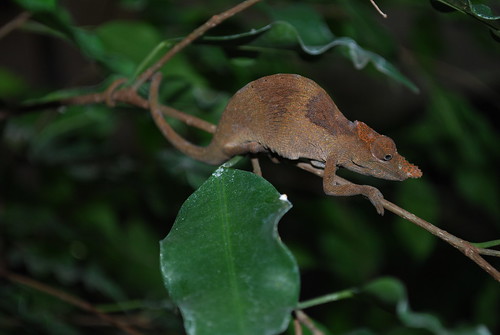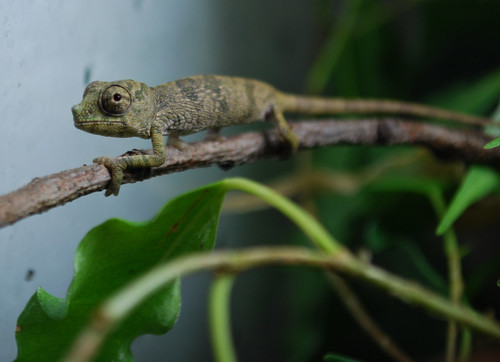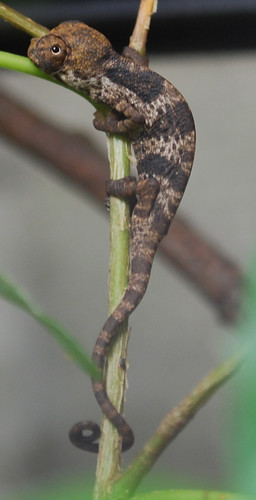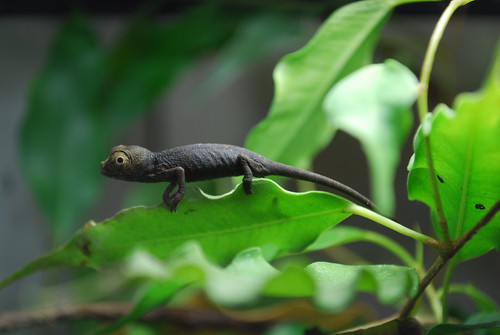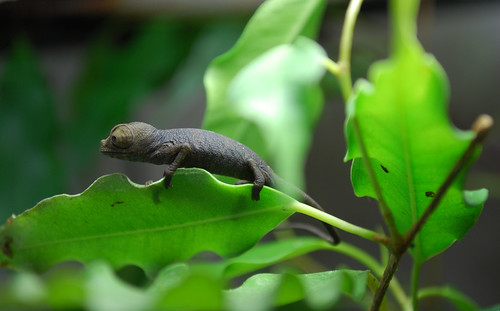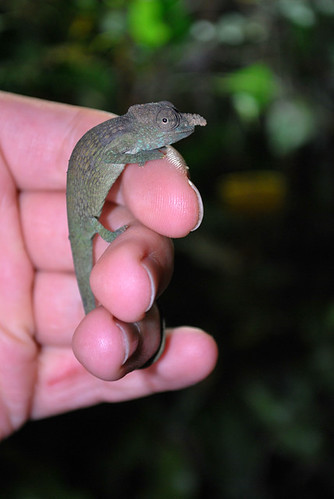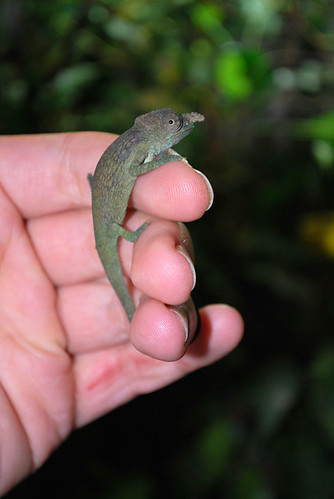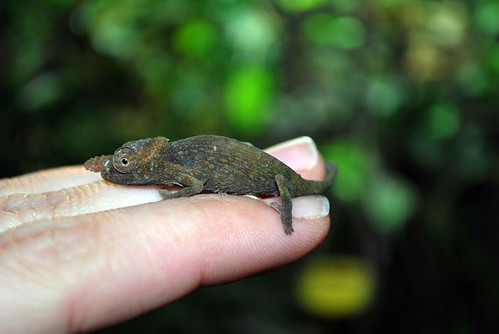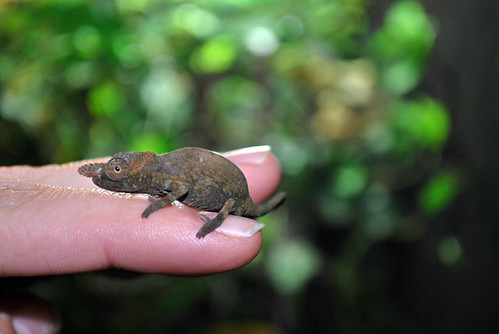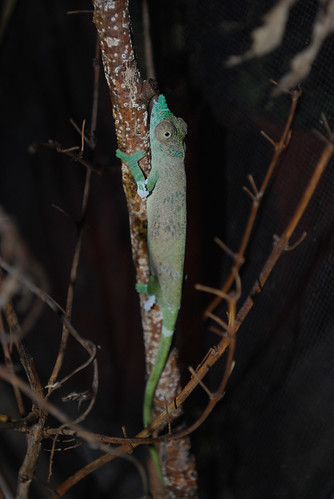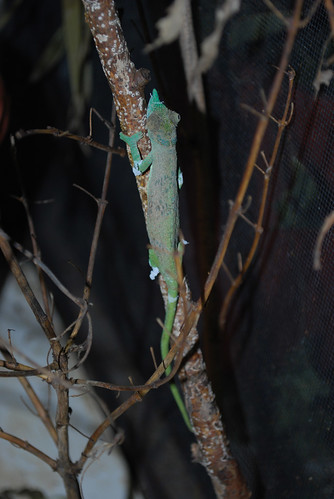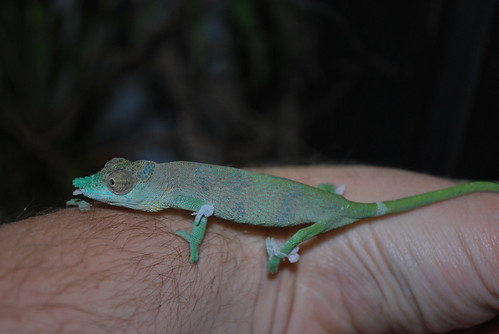Navigation
Install the app
How to install the app on iOS
Follow along with the video below to see how to install our site as a web app on your home screen.
Note: This feature may not be available in some browsers.
More options
You are using an out of date browser. It may not display this or other websites correctly.
You should upgrade or use an alternative browser.
You should upgrade or use an alternative browser.
Kinyongia tenuis
- Thread starter Joery
- Start date
Fearaffect
Avid Member
wow, those r really nice!! How is it the you Europeans have such nice Chams??!!
Cainschams
New Member
I am soooo jealous!!!
They look great!!!!! One of the species I am dying to work with. Your pictures and animals are just amazing. Thank you for sharing.
One of the species I am dying to work with. Your pictures and animals are just amazing. Thank you for sharing.
They look great!!!!!
Chris Anderson
Dr. House of Chameleons
Beautiful chams. K. tenuis has always been a favorite of mine. Males were always so hard to get when I kept them though. They look really good.
Chris
Chris
Joery
New Member
@ Chris: They are indeed a very nice species. Luckily i have 2 males, one is with a very good belgian friend and the otherone is with my own females, i'm hoping to hatch some babies soon. Their coloration in natural sunlight is stunning and impossible to get with any artifical light bulb.
BelgiumLizard
New Member
They look very nice!
And they are doing very good.
And to answer on Klemins question...
Yes we have hatched three juveniles from this species!
And there is more to hatch...
Rgds
And they are doing very good.
And to answer on Klemins question...
Yes we have hatched three juveniles from this species!
And there is more to hatch...
Rgds
AJA
Established Member
Beautiful chams. K. tenuis has always been a favorite of mine.
Chris
Chris you crack me up. Is there NOT a species of chameleon that is a favorite of yours?
Congratulations on the new babies Joery and thanks for sharing your collection with you. We are green with envy...
Chris Anderson
Dr. House of Chameleons
Chris you crack me up. Is there NOT a species of chameleon that is a favorite of yours?
Yes, F. pardalis and Ch. calyptratus
Chris
Cainschams
New Member
Just saw your update.
Amazing!!! Congratulations. They look like healthy little boogers May I ask about your incubation methods?
May I ask about your incubation methods?
Amazing!!! Congratulations. They look like healthy little boogers
chameleonman57
New Member
Amazing chameleons, I love how they have like neon colors on them.
Vampire.queen
New Member
Awww, they are all just awesome! 
Joery
New Member
Amazing!!! Congratulations. They look like healthy little boogersMay I ask about your incubation methods?
The incubation method which was used is keeping them on room temperature, with a slight drop at night till 17-18°C. The eggs were incubated in very moist vermiculite (a bit too moist i noticed afterwards which resulted in premature rupture of a few eggs), so my other eggs are now incubated in moist, but not wet vermiculite to prevent this. The reason i chose very moist vermiculite was because the females (n = 5) always dig their holes and deposite their eggs in very moist soil,
Best regards
Joery
Cainschams
New Member
Thanks for the incubation info. How are the young ones doing now?
have you noticed how long it takes the females to become receptive again after laying?
have you noticed how long it takes the females to become receptive again after laying?
Similar threads
- Replies
- 20
- Views
- 3K
- Replies
- 10
- Views
- 476

